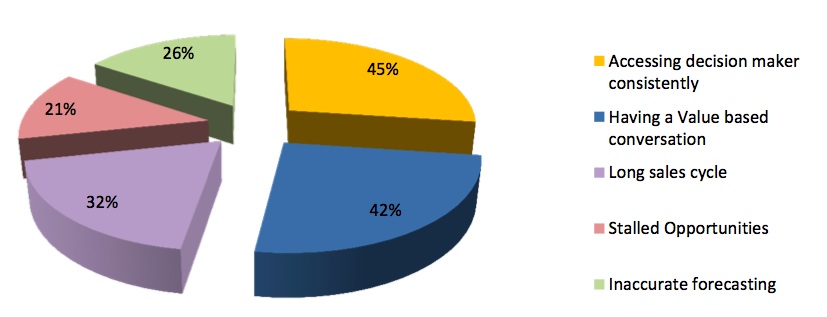Between January 2013 – March 2013, we at ValueSelling – India surveyed 130 end-user organizations, about their sales effectiveness practices and challenges, that the sales leaders face today and what the best do. We all know that buying has changed significantly in the last few years. Customers are flooded with information, today the customer has access to 20 times more data about you and your peers than what they had 5 years ago.
In every start-up, finding initial product-market fit is a magical moment. Before this occurs, the sales process is a craft which has been custom-made by the founding partners. But once you achieve the initial product- market fit suddenly you are faced with some new kind of challenges: How to scale up the sales efforts? How do I build a repeatable, scalable and measurable sales process that is like an industrial machine and not like a craft hobby project.
Some might say that sales teams will have less relevance because customers are buying more online. If you notice the scene behind the curtains of online firms themselves, you will find traditional face-to-face sales organizations as the prime revenue generation engine. In 2012 over 50% employees at Google were in sales; and at Facebook the sales force’s ability to translate “likes” into advertising revenue will make or break that company’s fortune in the times ahead
What is true is that online strategies are realigning and re-designing sales skills and priorities.
Selling skills are now even more important. The options available to customers put greater pressure on the rep’s ability to add value. The role of a sales person has moved up from being the “value communicator” to “value creator”.
According to the recent study 40% of all sales people can’t understand customer pain and only 46% reps feel their pipeline is accurate. When a customer problem arises , it’s tempting to jump and offer up the first solution that comes to mind. This can lead to disaster when your answer ends-up addressing a problem that only touches 5% of the customer issues. It’s best to stay in the problem box as long as possible and ask many “Open”, “Probe” and “Confirm” questions to make sure that you have a good grip on the key business issues and challenges before you start talking about a solution for good life.
Ultimately, companies don’t execute strategy; people do. Your job as a leader would be to empower and enable them.














